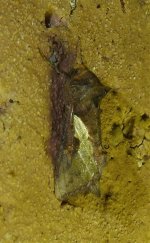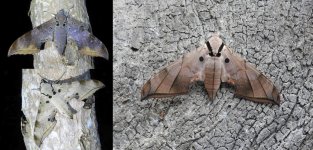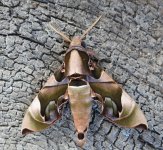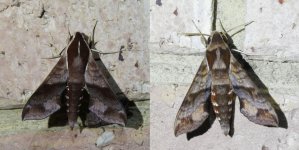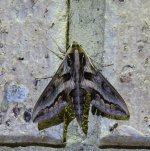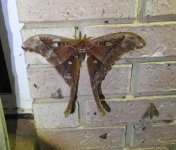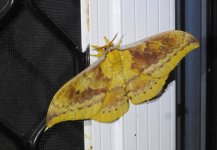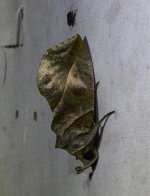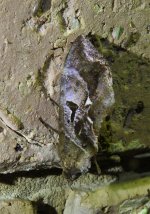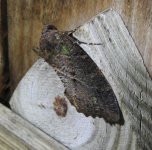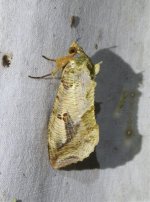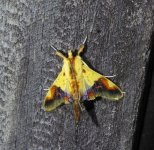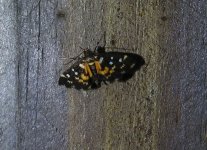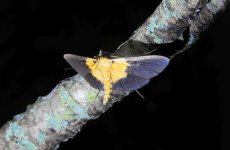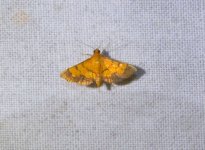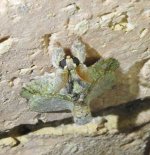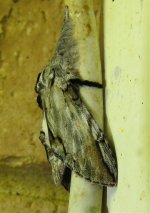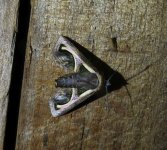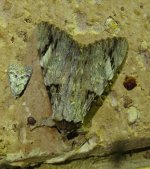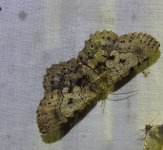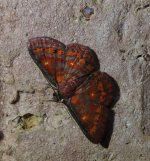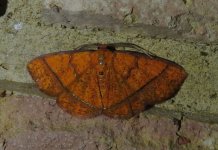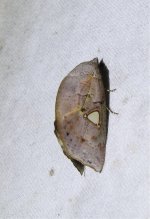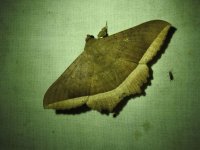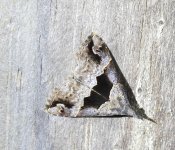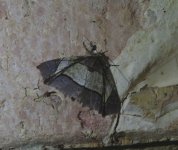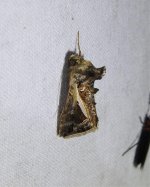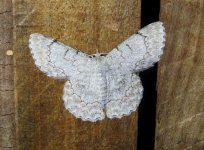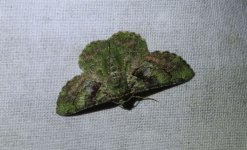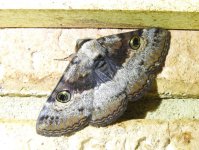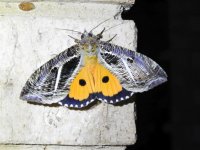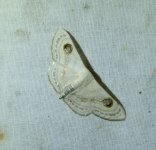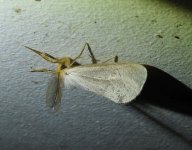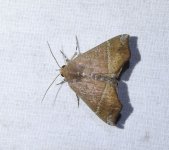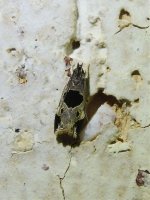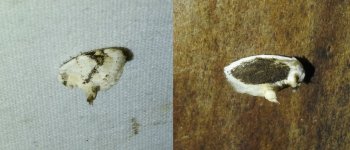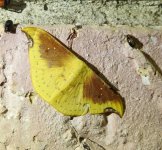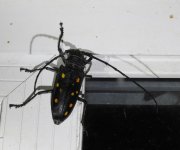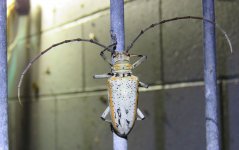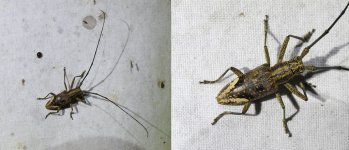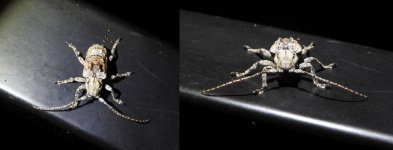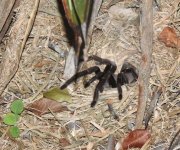After an abscence of nearly two years the Mothman from Mossman has returned...A quick scene setting post I am an ex pat currently living near the small village of Mossman in Far North Queensland (approx 70km north of Cairns). We live close to the edge of primary rain forest, this will be our thrid year here but quite possibly our last as the children are struggling with their mum working away from home for upto 16 weeks at a time so we may well relocate in the near future. The house garden is over manicured and with very few native species but the proximity of decent habitat makes up for this and the moth list is reasonably impressive with 1200 spp recorded in the last 24 months and approx 34000 photos still to work through...in that total are 40 species of Sphingidae (out of an Australian total of 86); three species of Saturnidae including the Hercules Moth that has the largest wing surface area of any moth in the world, 165 Crambidae, Spilomelinae and 62 Geometrinae or "Emeralds"...to say it keeps me busy is an understatement. This year has been an excellent year from the perspective of diversity - this May alone I have recorded in excess of 420 spp so far (not bad for winter) and in total this year 760 spp. That said numbers of each species are most definitely down -for example I have only had one night with in excess of 100 individual Sphingidae where as in previous years I have had several with a peak count of in excess of 160 individuals on the sheet. At no stage this year have I had a "black" sheet ie one covered completely with moths although I have had my best single night with 170+ spp (still working through the photos...). An odd year to say the least.
I will post a few photos next but will end this ramble with one for the UK trappers...this species has become a regular visitor to the sheet this Wet...would have been exceedingly happy with just one in my UK trapping days....
I will post a few photos next but will end this ramble with one for the UK trappers...this species has become a regular visitor to the sheet this Wet...would have been exceedingly happy with just one in my UK trapping days....




